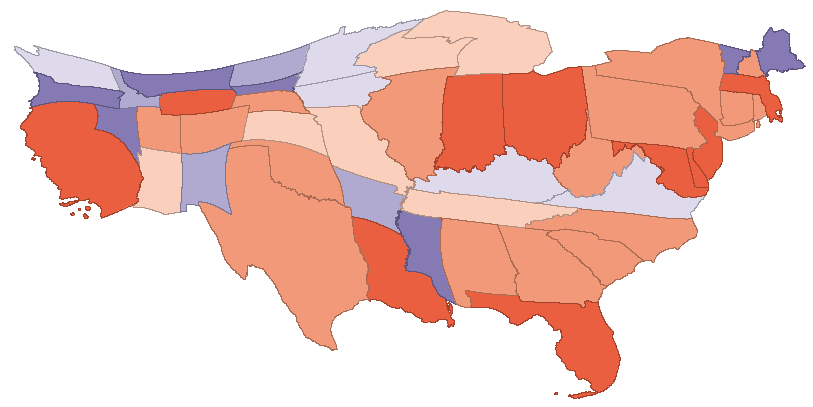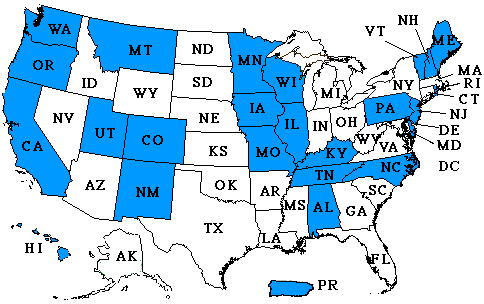Jim Hansen kicked off the Tällberg panel with a succinct summary of the argument for a 350ppm target in Hansen et al. (a short version is here). As I heard it,
- The dangerous level of GHGs in the atmosphere is lower than we thought.
- 3C climate sensitivity from fast feedbacks is confirmed; the risk is slow feedbacks, which are not as slow as we thought.
- There is enough warming in pipeline to lose arctic ice, glaciers, reefs.
- Good news: we need to go back to the stable Holocene climate.
- The problem is solvable because conventional oil and gas are limited; we just need the will to not burn coal, oil shale, etc., except with CCS.
- Among other things, that requires a price on carbon; for which a tax is the preferred mechanism.
- The only loser is the fossil fuel industry; we simply need to bring them to heel.
Hansen was a little impatient with our bit of the forum, and argued that our focus on regions (and the challenges in reaching a regional accord) was too pessimistic. Instead, a focus on fuels (e.g., phasing out coal) provides clarity of purpose.
My counterargument, which I only partially articulated during the session, for fear of driving the conversation off on a tangent, is as follows:
As a technical solution, phasing out coal and letting peak oil run its course probably works. However, phasing out coal by 2030 implies a time constant of seven years or a rate of decline in coal utilization of about 10%/year (by the 3-tau rule of thumb). Coal-fired power plants have a long lifetime, so the natural rate of decline, assuming no new coal investment, is more like 2.5% or 3%/year. Phasing out coal at 10% per year implies not only halting construction, but also abandoning many plants before their natural economic lifetime is up. Age structure complicates things a bit, perhaps making it easier in the US (where plants are disproportionately old) and harder in China (where they’re new). Closing plants ahead of schedule is going to make the fossil fuel interests that Hansen proposes to control rather vocally upset. Also, eliminating coal emissions that fast requires some combination of rapid deployment of efficiency, noncarbon energy sources, and CCS above natural rates of capital turnover, and lifestyle change to pick up the slack. That in itself is a significant challenge.
That would be doable for a coalition with enough political power to either overpower or buy off the owners of stranded assets. But that coalition doesn’t now exist, and therein lies the reason that this is a political problem more than a technical one.


